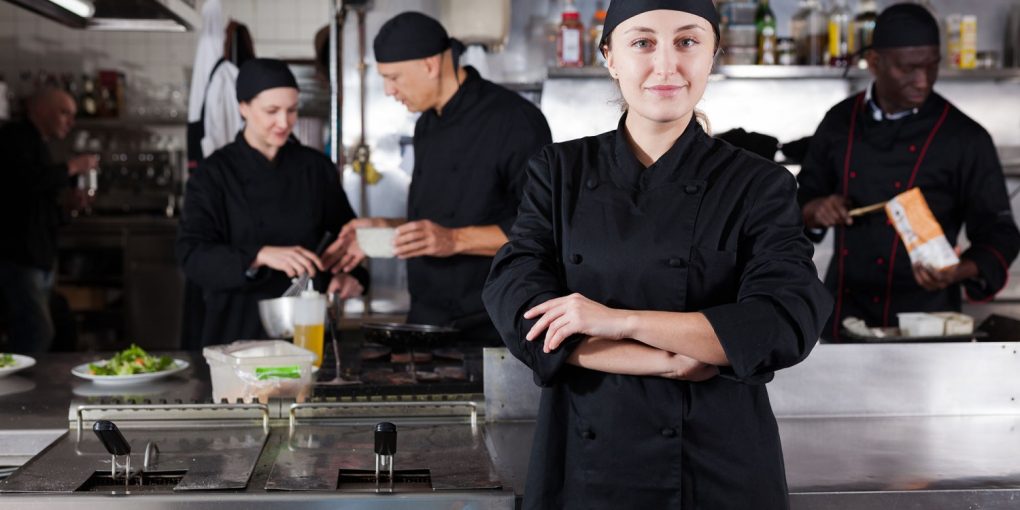A Look At What Makes Chef’s Clothing Good
Professional kitchens are fast-paced, high-pressure environments where safety, comfort, and practicality matter just as much as culinary skills. Chefs spend long hours on their feet, often working around heat, flames, steam, and sharp tools. For this reason, the clothing they wear is more than just a uniform; it is a symbol of their identity. It is essential equipment designed to protect, support, and help them perform at their best. Good chef’s clothing balances durability, comfort, style, and safety. Let’s take a closer look at what makes high-quality chef attire stand out.
Durability and Fabric Choice
Chefs work in demanding conditions, so their clothing must withstand repeated wear, constant movement, and frequent washing. Durable fabrics such as cotton blends or high-quality polyester are commonly used because they resist tearing, hold up against stains, and remain comfortable after long hours. Increasingly, sustainable fabrics are being introduced to reduce environmental impact without sacrificing performance. For instance, brands now design men’s chef pants made only from sustainable materials, offering both practicality for the wearer and responsibility toward the planet.
Comfort and Fit
Comfort is non-negotiable in a kitchen where shifts can stretch for 10 to 12 hours or more. Chef jackets, pants, and aprons should be lightweight enough to prevent overheating yet sturdy enough to handle spills and splashes. Clothing that allows easy movement, such as bending, reaching, or standing for extended periods, is key. Elastic waistbands, breathable fabrics, and ergonomic cuts all help chefs focus on their craft without distraction. A good fit also supports professionalism, ensuring chefs not only feel good but look sharp in the kitchen.
Heat and Safety Protection
The kitchen environment is full of hazards such as open flames, hot oil, boiling water, and sharp tools. Chef’s clothing is specifically designed to reduce risks. Traditional double-breasted jackets, for example, allow chefs to reverse the front if one side becomes soiled or splattered. Thick cotton layers offer protection from burns, while long sleeves guard against cuts and heat exposure. Pants are equally important since sturdy fabrics shield legs from spills and reduce the chance of burns. Non-slip shoes, though technically separate from clothing, complete the uniform and are vital in preventing kitchen accidents.
Ease of Maintenance
Practicality is a defining feature of good chef attire. Clothing needs to be easy to wash, stain-resistant, and durable enough to handle frequent laundering. Many modern chef uniforms are designed with fabrics that release stains more easily, keeping the garments looking professional and clean even after rigorous use. Wrinkle resistance is another plus since it ensures the chef can maintain a crisp, professional appearance with minimal effort.
Professional Identity and Style
While function is the priority, style also plays a role in chef’s clothing. A well-designed uniform projects professionalism and creates a sense of team unity within the kitchen. Colors and styles may vary, from the classic black-and-white look to modern, contemporary cuts, but the uniform remains a symbol of respect for the craft. Increasingly, chefs are also incorporating personal touches and eco-friendly choices, reflecting values that extend beyond the kitchen.
Conclusion
Good chef’s clothing is a careful balance of comfort, durability, safety, and professionalism. As the industry evolves, sustainable and stylish options are becoming more widely available, allowing chefs to choose attire that not only performs well but also reflects their values. In the end, quality clothing equips chefs with the confidence and protection they need to thrive in the heat of the kitchen.

